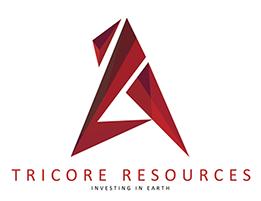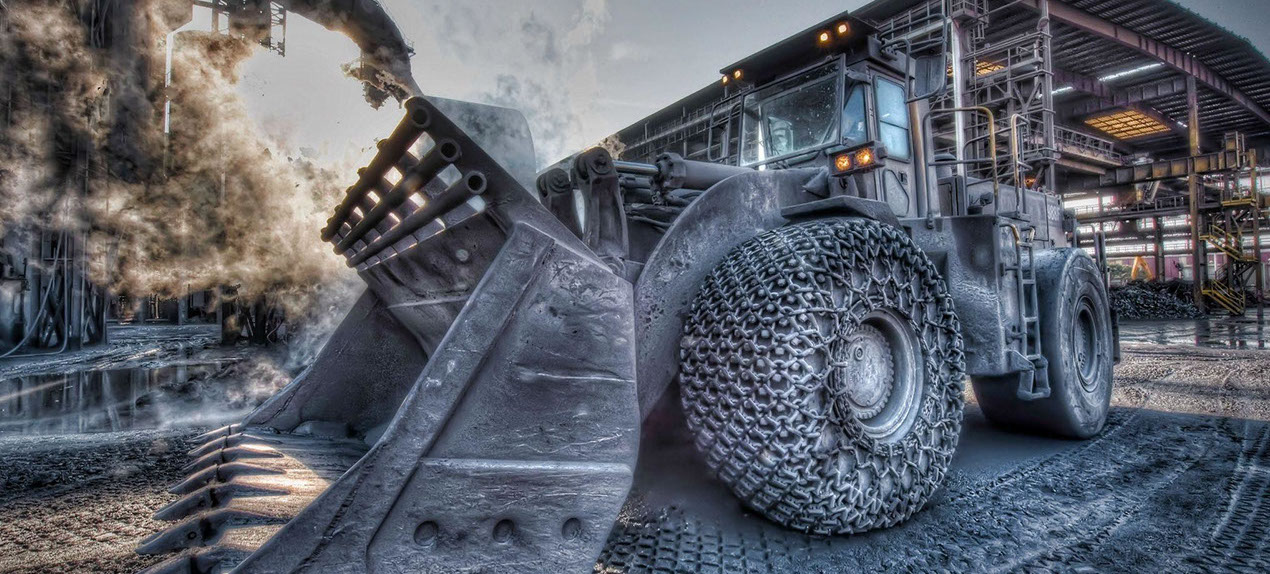
Mining
Sectors of Mining
Soft Rock Mining
Longwall Mining
The company’s longwall mining gear consists of a coal shearer mounted on conveyor operating underneath a series of self-advancing hydraulic roof supports. Almost the entire process can be automated. We usually use mining machines are typically 150–250 meters in width and 1.5 to 3 meters high. Longwall miners extract "panels" - rectangular blocks of coal as wide as the face the equipment is installed in, and as long as several kilometres. Our coal cutters cut coal from the face, which falls onto an armored face conveyor for removal.
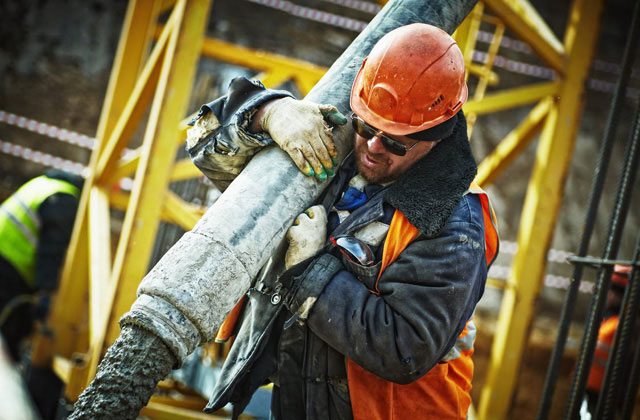
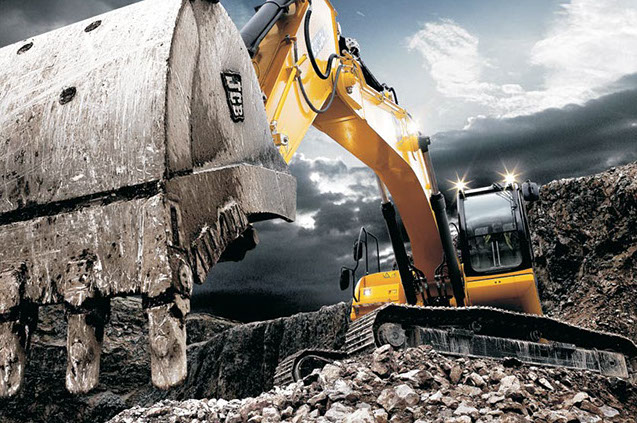
Room & Pillar Mining
Our Room and pillar mining is commonly done in flat or gently dipping bedded ores. We leave pillars in place in a regular pattern while the rooms are mined out. In many room and pillar mines, the company takes out the pillars, starting at the farthest point from the mine haulage exit, retreating, and letting the roof come down upon the floor. Room and pillar methods are well adapted to mechanization, and are used in deposits such as coal, potash, phosphate, salt, oil shale, and bedded uranium ores.
Blast Mining
An older practice of coal mining that uses explosives such as dynamite to break up the coal seam, after which the coal is gathered and loaded onto shuttle cars or conveyors for removal to a central loading area. This process consists of a series of operations that begins with "cutting" the coal bed so it will break easily when blasted with explosives. This type of mining accounts for less than 65% of total underground production in the SA today.
THE
ART OF EXTRACTION
BEGIN HERE
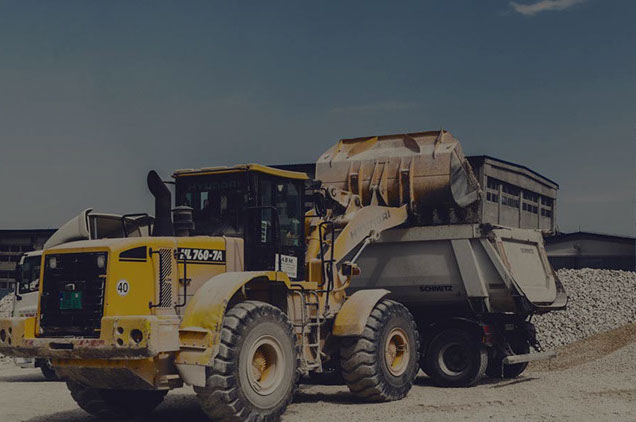
Short wall mining
From time to time Tricore set-ups coal mining methods that accounts for less than 1% of deep coal production; shortwall involves the use of a constant mining machine with moveable roof supports, similar to longwall. The continuous miner shears coal panels 150–200 feet wide and more than a half-mile long, depending on other things like the strata of the Earth and the transverse waves.
Hard Rock
Our mining method selected is determined by size, shape, orientation & type of orebody mined. Orebody can be narrow vein such as a gold mine in the Witwatersrand yet again orebody can be massive like Olympic dam mine, South Australia & New South Wales. We determine the width or size of the orebody by grade as well as distribution of ore. The company closely observes the dip of the orebody which has an influence on the mining method for eg: a narrow horizontal vein orebody which mined by room & pillar or longwall method whereas a vertical narrow vein orebody be mined by an open stoping or cut & fill method. Further consideration is required for the strength of the ore as well as the surrounding rock. An orebody hosted in strong self-supporting rock be mined by open stopping method & orebody hosted in poor rock may be mined by cut & fill method where the void is continuously filled as the ore is removed.
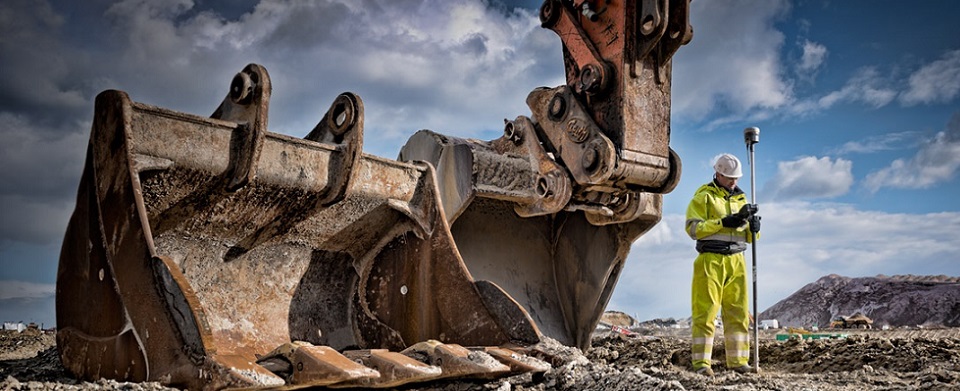
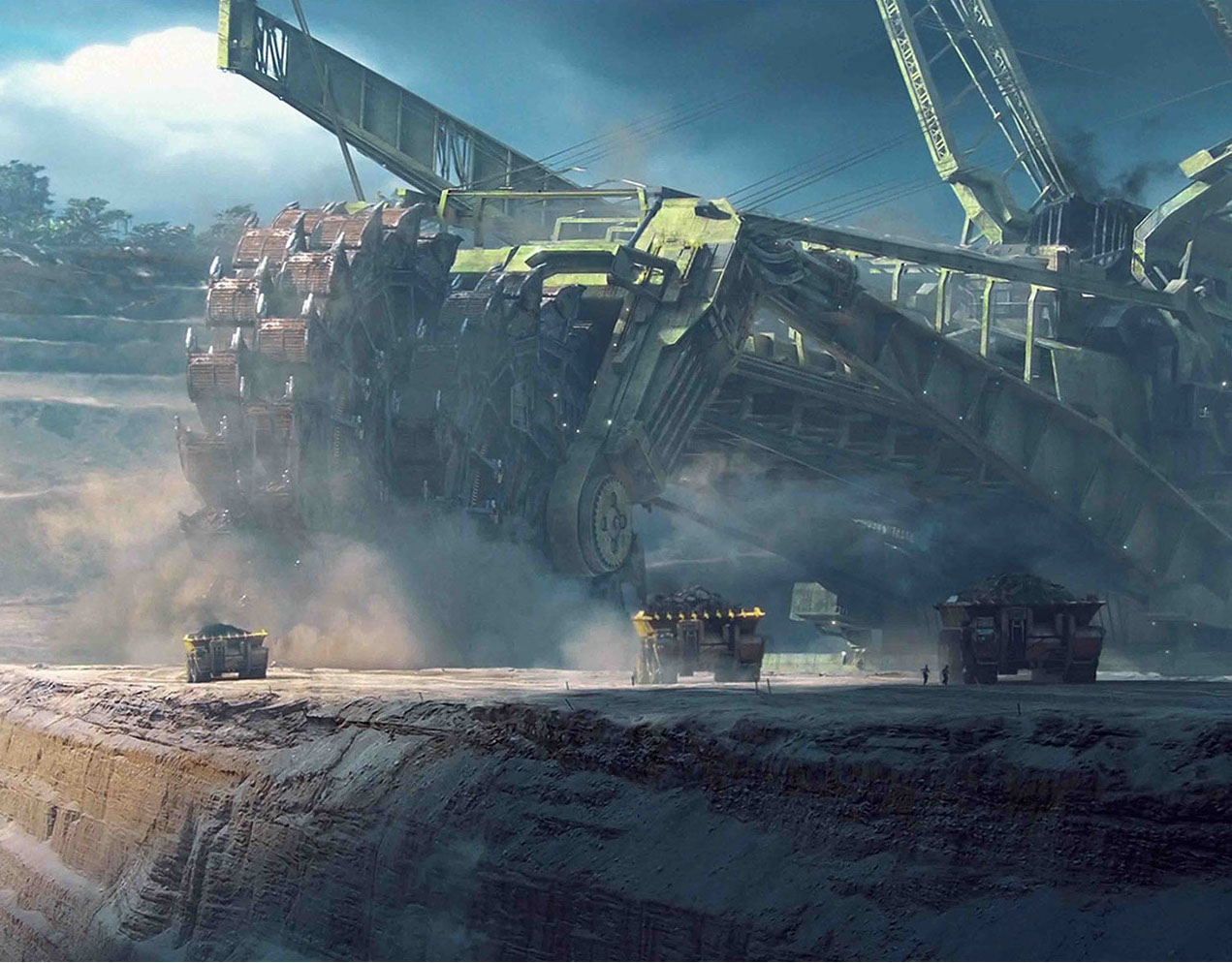
Hard Rock
Cut and fill mining
AS a mining body we utilize this method of short-hole mining used in steeply dipping or irregular ore zones, in particular where the hanging wall limits the use of long-hole methods. The ore is mined in horizontal or slightly inclined slices, and then filled with waste rock, sand or tailings. Either fill option may be consolidated with concrete, or left unconsolidated. Cut and fill mining is an expensive but selective method, with low ore loss and dilution.
Drift and fill
This technique is similar to cut and fill, except it is used in ore zones which are wider than the method of drifting will allow to be mined. In this case the first drift is developed in the ore, and is backfilled using consolidated fill. The second drift is driven adjacent to the first drift. This carries on until the ore zone is mined out to its full width, at which time the second cut is started atop of the first cut.
Shrinkage stoping
A procedure of this form is a short-hole mining method which is suitable for steeply dipping orebodies. The method is similar to cut and fill mining with the exception that after being blasted, broken ore is left in the stope where it is used to support the surrounding rock and as a platform from which to work. Only enough ore is removed from the stope to allow for drilling and blasting the next slice. The stope is emptied when all of the ore has been blasted. Although it is very selective and allows for low dilution, since most of the ore stays in the stope until mining is completed there is a delayed return on capital investments.
Room and pillar mining
This process is commonly done in flat or gently dipping bedded ore bodies. We leave Pillars in place in a regular pattern while the rooms are mined out. In many room and pillar mines, the pillars are taken out starting at the farthest point from the stope access, allowing the roof to collapse and fill in the stope. This allows for greater recovery as less ore is left behind in pillars.
VRM
Vertical retrieval mining is a method where mine is decided in vertical zones with depth of about 50 meters. Tricore long-hole high diamond drilling is done through drills. Material retrieval is done from bottom of the section developed. We blast Ore and the retrieval taken in phase. Last cleaning of ore is done through remote controlled LHD machines. The zone is now back filled using cemented mix fill. Side chambers will be mined in pre-planned sequence after the fill has solidified
OPERATIONS
Concentrator
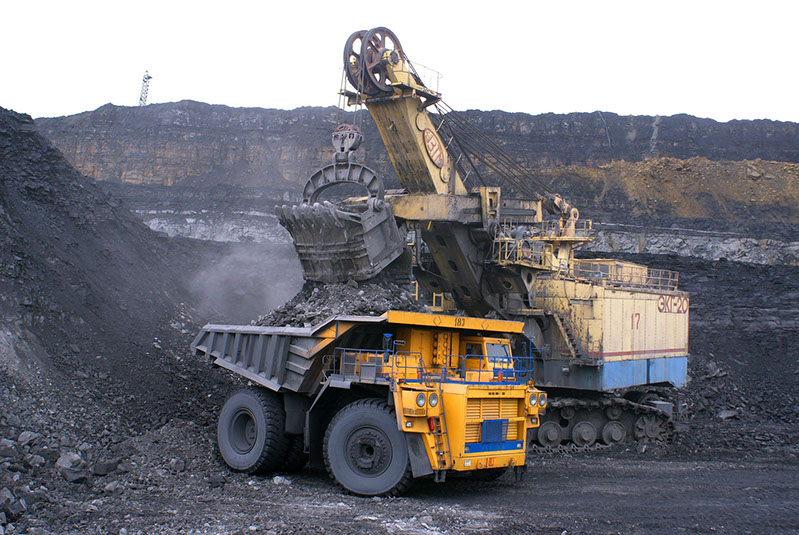
Tricore Resources treats large copper ore body around Zambia in the far north part of Southern Africa. The copper concentrator utilizes a conventional sulphide mineral recovery and concentration process to produce a copper concentrate which is sold and exported to smelters around the world. The concentrator has two parallel ore processing units which are essentially identical. After the run of mine ore has been crushed to a size of 150mm, it is conveyed to the stockpiles at the concentrator.
The processing flow sheet comprises:
• Primary grinding in a semi-autogenous grinding mill
• Secondary grinding in ball mills, in closed circuit with hydrocyclones
• Copper mineral flotation in a conventional roughing / scavenging / cleaning circuit, & also includes a regrind circuit
• Iron sulphide mineral flotation, in a conventional roughing / cleaning flotation circuit, for the recovery of a pyrite concentrate from the copper flotation tailings to address environmental constraints
• Riverine disposal of tailings
• Storage of the pyrite concentrate in purpose built pits
Smelter
The ISASMELT™ furnace smelts FMI concentrates together with some purchased materials. These materials are blended in a bedding plant and transferred to concentrate feed bins. The concentrate feed, fluxes and revert material are mixed in a paddle mixer and fed to the furnace. Bath temperature is controlled using natural gas, which is injected down the lance. Process air is enriched to 50% oxygen content. The average lance life is greater than 14 days.
The furnace produces a copper matte with a copper content of 60%. The matte and slag are tapped from the furnace and flow into the electric furnace for settling and separation. The slag is granulated while the matte is transferred to Hoboken converters in ladles.
Offgases from the ISASMELT™ furnace pass into a waste heat boiler, prior to passing into an electrostatic precipitator for cleaning. The cleaned gases pass to a sulphuric acid plant for capture of sulphur.
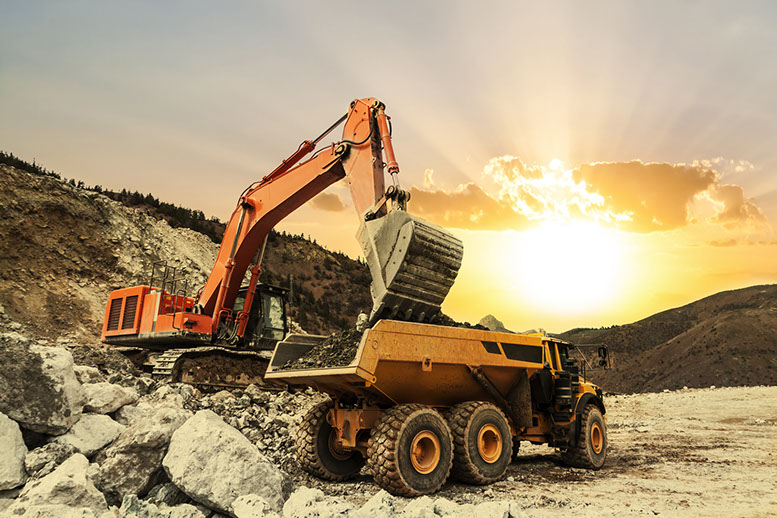
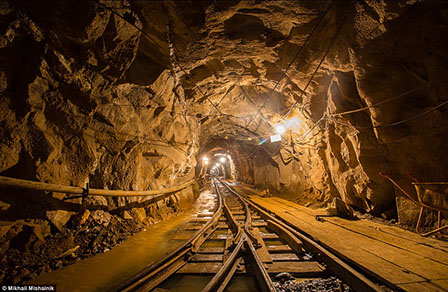
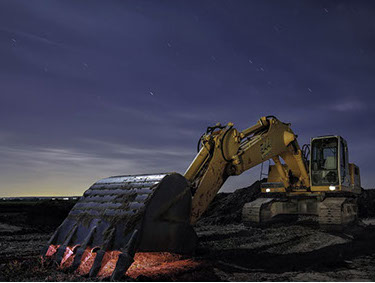
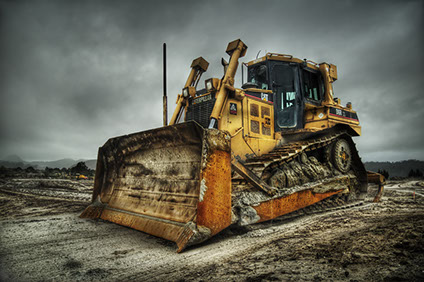
Services
Sample development
The sample developments are divided from the analytical segments to ensure no cross adulteration takes place.
We are equipped with the latest technology of process mining, concentrator, and downstream processing plant requirements.
The equipment include:-
• A specialist drilling machine to extract a representative taster from the copper bars.
• The pulps, Crusher, Grinder
• A jaw crusher, cone crushers
• Moisture analysis via gravimetric , high proficiency ovens
• Determinations via wet screening
• Rod preparatOperation and productionsion equipment
• Malvern master sizer
Analytical services
Tricore Resources is a well-established mineral analytical chemistry laboratory that specializes in metallurgical and geochemical analyses. We provide services to the mining, metallurgical and Manufacturing Industries, using state-of-the-art instrumentation for a variety of procedures.
• Provide timeous, competence, analytical practical support and services for the company.
• Conduct analytical science
Through ISO standards we utilize our skilled employees such as scientists and analysts backed-up by a top-quality consulting team to carry out all operations. The company has a wide range of facilities that ensures a quality one-stop for exploration, metallurgical and general analytical facilities.
The division comprises the following sections:
• Quality, Environment, Safety and Health
• Classical Chemistry
• SARM
• Sample preparation
• Fire Assay
• Instrumentation
• Customer Services
Fire assay
We have a system quantitative determination in which a metal or metals are separated from impurities by fusion processes and weighed in order to determine the amount present in the original sample. Traditional fire assay analysis of precious metals traces in ores is labor-intensive, expensive and environmentally harmful.
With our Thermo Scientific Fire Assay Analyzer, we offer a simple, clean alternative to the cupellation and sample preparation stages of this process by using optical emission spectrometry (OES) to measure precious metals concentrations directly in lead buttons.
Suppression of the cupellation simplifies and speeds the process to reduce costs on cupels, furnaces, power consumption, chemicals and lab equipment while meeting the most demanding sample analysis requirements.
Quality assurance systems
When it comes to our facilities, the quality of all equipment, materials, structures and components is subject to harsh regulations with international standards. The company’s quality assurance and quality control service assists the company ensures compliance with all contractual specifications, obligatory regulations and quality standards.
What do we do to ensure we get the paramount results out of what we do, as an industry we:
• Pledge the value supply chain services together with of all equipment, materials, structures, components and systems utilized in mining & manufacturing.
• Act in accordance with all appropriate regulations.
• Certify we meet quality standards of the country we operate in.
• Authenticate materials, parts and final products through autonomous checks, audits, inspections and endorsement
• Use from quality assurance and quality control (QA/QC) both off-site at manufacturers’ facilities and on-site during the mining process
ABOUT MINE
HEALTH & SAFETY
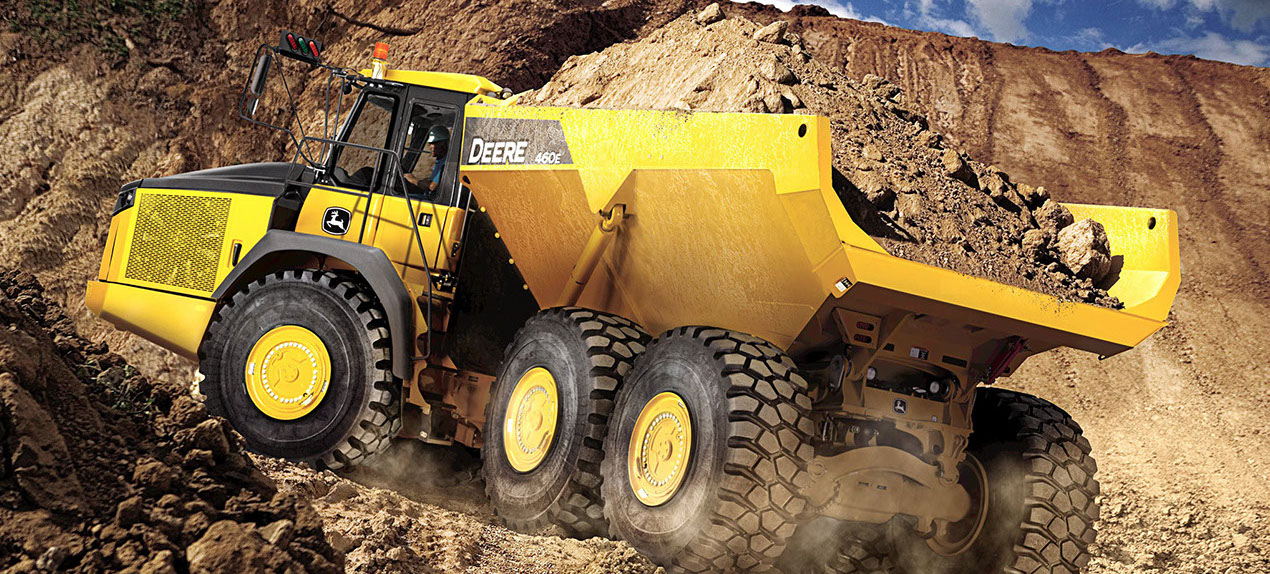
South Africa produces 10% of the world’s gold, and has 40% of the world’s known resources. It is estimated that 36 000 tons (t) of undeveloped resources – about one third of the world’s unmined gold – still remains. These ores are increasingly difficult to exploit due to the great depths where they are situated and their fairly low-grade quality.
LEGISLATIVE MANDATE
The Mine Health and Safety Inspectorate was established in terms of the Mine Health and Safety Act, 1996 (Act No. 29 of 1996), as amended, for the purpose of executing the statutory mandate of the Department of Mineral Resources to safeguard the health and safety of mine employees and communities affected by mining operations.
MISSION STATEMENT
The Mine Health and Safety Inspectorate strives towards a safe and healthy mining industry. This is to be achieved by reducing mining related deaths, injuries and ill health through the formulation of national policy and legislation, the provision of advice, and the application of systems that monitor and enforce compliance with the law in the mining sector.
MILESTONES OF THE 2003 MINE HEALTH AND SAFETY SUMMIT
Safety performance:
• In the Gold Sector:
Achieve safety performance levels equivalent to current international benchmarks for underground metalliferous mines, at the least, by 2013.
• In the Platinum, Coal and Other Mines’ Sectors:
Achieve constant and continuous improvement equivalent to current international benchmarks, at the least, by 2013.
Elimination of silicosis:
• By December 2008, 95% of all exposure measurement results will be below the occupational exposure limit for respirable crystalline silica of 0.1mg/m3 (these results are individual readings and not average results).
• After December 2013, using present diagnostic techniques, no new cases of silicosis will occur among previously unexposed individuals. Previously unexposed individuals are individuals unexposed prior to 208, that is, equivalent to a new person entering the industry in 2008.
Elimination of Noise-Induced Hearing Loss:
• The present noise exposure limit stated in the Mine Health and Safety Act, 1996 (Act 29 of 1996) Regulations is no more than 85dBL.
• After December 2008, the hearing conservation programme implemented by the industry must ensure that there is no deterioration in hearing greater than 10% amongst occupationally exposed individuals.
• By December 2013, the total noise emitted by all equipment installed in any workplace must not exceed a sound pressure level of 110 dB (A) at any location in that workplace (including individual pieces of equipment).
GENERAL INFORMATION
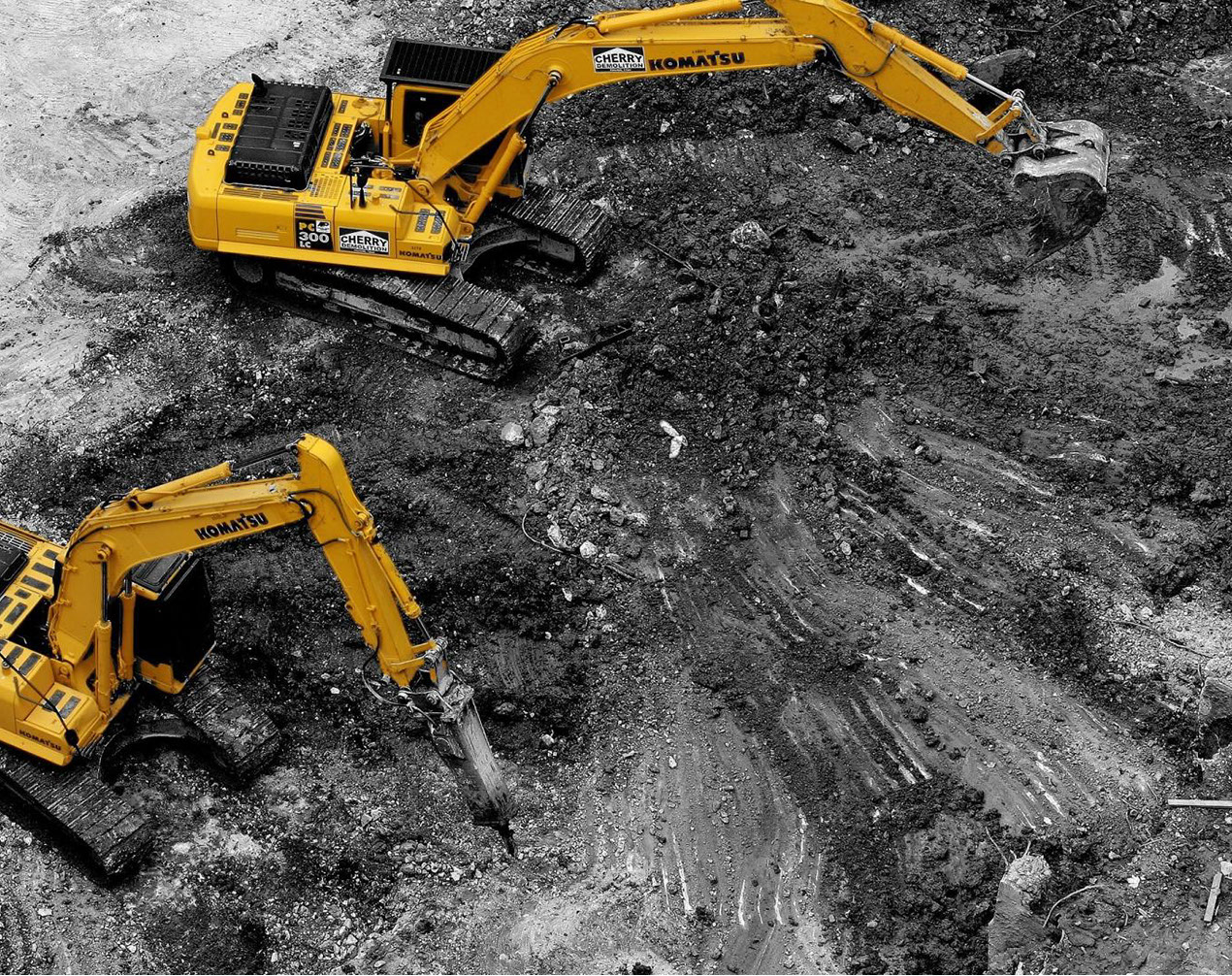
The Mine Health and Safety Act, 1996 (Act No. 29 of 1996) as amended, provides for the protection of the health and safety of employees and other persons affected by the South African mining industry and, amongst others, provides for the promotion of a culture of health and safety as well as the enforcement of health and safety measures or legislation.
The activities of the Inspectorate are geared to achieve the following strategic objectives:
• Actively contribute to sustainable development and growth;
• Regulate the minerals sector;
• Promote health and safety in the minerals sector;
• Efficient and effective service delivery;
• Culture, systems and people; and
• Ensure financial stewardship.
The main functions of the Mine Health and Safety Inspectorate are the provision of policy inputs for the establishment and application of mine safety standards at mining operations, and promote the application thereof; policy inputs towards the establishment and application of mine equipment safety standards at mining operations, and promote their application; the establishment and application of mine health standards at mining operations and the promotion of these applications; and ensuring an effective support and inspection service.
The Inspectorate is headed by the Chief Inspector of Mines, who is also the Chairperson of the Boards of the Mine Health and Safety Council and the Mining Qualifications Authority. The Chief Inspector of Mines has the responsibility of leading the tripartite structures established by the Mine Health and Safety Act, 1996 (Act 29 of 1996), as amended, and representatives of Government, employees and employers’ organizations serve on these tripartite structures. The Mine Health and Safety Council furthermore advises the Minister of Mineral Resources on health and safety issues and promotes a health and safety culture in the mining sector, while the Mining Qualifications Authority is responsible for addressing the education and training needs of the minerals and mining sector.
There has been a steady improvement in safety performance of the South African Mining industry during the past 10 years. But all stakeholders agree that the fatality and injury rates remain high, especially in underground gold mines. Coal, platinum and other commodity mines have shown a satisfactory performance in relation to international benchmarks. This necessitated a concerted effort to improve the prevention of occupational accidents.
The prevention of occupational diseases has received increased attention in the years following the Leon Commission of Inquiry (1994) and the coming into effect of the Mine Health and Safety Act, 1996 (Act 29 of 1996), as amended.
There has been a steady appreciation of the need to apply more resources to deal with occupational health matters. Tuberculosis associated with exposure to silica dust is a growing occupational health concern and is receiving priority attention in the mining industry. The increase in prevalence of HIV-infection has led to a doubling in new Tuberculosis cases and increased mortality. Noise Induced Hearing Loss has also been recognized as a major occupational health risk in the South African mining industry.
TRIPARTISM IN THE MINING
INDUSTRY
The Tripartite Mine Health and Safety Council was established in June 1997 in terms of Section 41(1) of the Mine Health and Safety Act, 1996 (Act 29 of 1996), as amended. The Mine Health and Safety Council consists of five members representing the State, employees and employers in the mining industry respectively.
The responsibilities of the Mine Health and Safety Council are governed by Section 43 and 44 of the Mine Health and Safety Act, 1996 (act 29 of 1996) as amended. It must:
• Advise the Minister of Mineral Resources on health and safety at mines;
• Co-ordinate the activities of its Committees, receive reports from these
Committees and liaise with the Mining Qualifications Authority on matters
relating to health and safety;
• Liaise with any other statutory body concerned with matters relating to
health and safety in the mining industry;
• Promote a culture of health and safety in the mining industry;
• Arrange and co-ordinate a Tripartite Summit to review the state of safety
and health at mines at least every two years; and
• Perform every duty in terms of the Mine Health and Safety Act, 1996
(Act 29 of 1996), as amended.
The permanent committees of the Mine Health and Safety Council were established as statutory bodies on 30 June 1997, the date on which the Minister of Mineral Resources appointed the members. It is the statutory duty of the Council to advise the Minister on health and safety at mines and to co-ordinate the activities of its committees receive reports from these committees and liaise with the Mining Qualifications Authority.
The permanent committees of the Mine Health and Safety Council as defined by the Mine Health and Safety Act, 1996 (Act 29 of 1996) as amended, are:
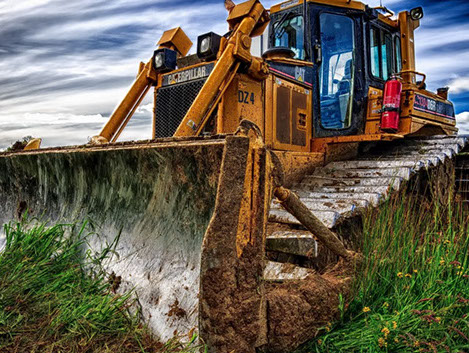
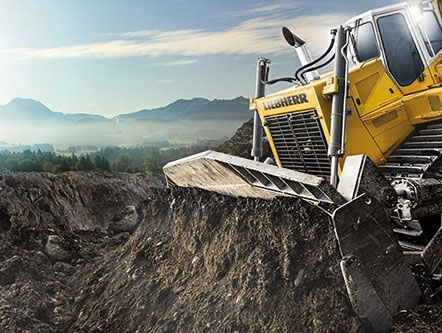
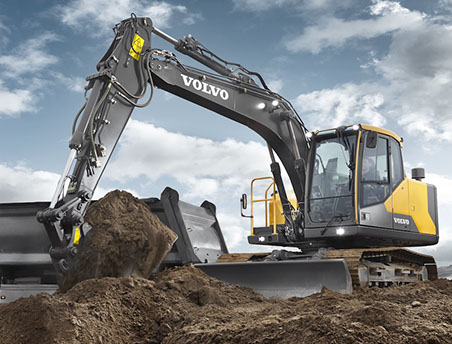
The Mining Qualifications Authority (MQA)
Mining Occupational Health Advisory Committee (MOHAC)
The Mining Qualifications Authority consists of the State, employer and employee organizations in the mining industry; it was established as an outcome of the South African Qualification Authority Act, 1995, (Act 58 of 1995) and the Mine Health and Safety Act, 1996 (Act 29 of 1996), as amended.
The Mining Qualifications Authority must advise the Minister of Mineral Resources about the generation and monitoring of education and training standards and qualifications for the mining industry, as part of the National Qualification Framework (NQF).
The Minister of Mineral Resources appoints the members of the Mining Qualifications Authority and the Mining Qualifications Authority governs itself.
The Mining Occupational Health Advisory Committee must advise the Mine Health and Safety Council on:
• Policy matters relating to health in the mining industry;
• Standards, systems and procedures for the assessment, avoidance, elimination, control and minimization health risks in the South African mines;
• Regulation on any aspect of health;
• Health research programmes; and
• The collection, processing and distribution of health data in the mining industry.
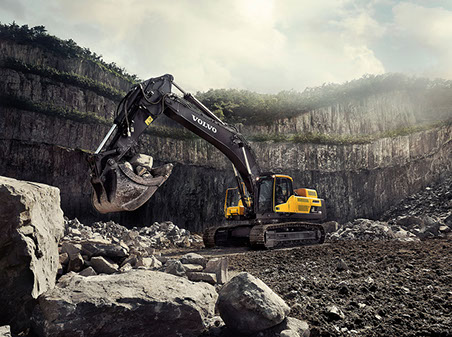
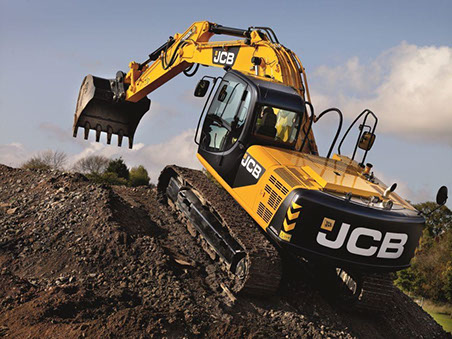
The Mining Regulation Advisory Committee (MRAC)
Safety in Mines Research Advisory Committee (SIMRAC)
Mining Regulation Advisory Committee was established as a voluntary tripartite committee before the promulgation of the Mine Heath and Safety Act, 1996 (Act 29 of 1996) as amended, to give effect to some recommendations by the Leon Commission of Inquiry (1994). From recommendations made by the Leon Commission of Inquiry (1994), the four areas of concern are:
• Fall of ground accidents;
• Accidents from haulage and transport underground;
• Occupational health; and
• Coal mine explosions and respirable dust.
The Mining Regulation Advisory Committee must advise the Mine Health and Safety Council on:
• Proposed changes to legislation to improve health or safety at mines;
• Proposals for changes to legislation made by any other committee of the Mine Health and Safety Council;
• Guidelines for Codes of Practice; and
• Standards approved by the South African Bureau of Standards.
Safety in Mines Research Advisory Committee was established in terms of the Mine Health and Safety Act, 1996 (Act 29 of 1996) to advise the Mine Health and Safety Council on:
• Criteria for determining the funding of health and safety research;
• The need for research into health and safety at mines in South Africa;
• Research projects – including priorities of project costs, assessment, ratification and execution;
• Communication and publication of research results; and
• The management of the cost of the overall programme.
Annually the Safety in Mines Research Advisory Committee prepares overall programmes for the relevant health and safety research to include:
• A review of health and safety performance in the different mining sectors;
• An evaluation of the research proposals made by the Mine Health and Safety Council or any committee of the Mine Health and Safety Council;
• The focus of health and safety research and priorities for the different sectors of mining; and
• An estimate of cost of the specific programme
OPERATIONS & PRODUCTION

Environment
Mining has a direct impact on the environment because of the need to access and use land and water resources. Indirect impacts also result from the construction of roads and other infrastructure and the access they provide.
We also share scarce resources with the communities in which we operate. The company is committed to responsible stewardship by monitoring, managing and minimising our impact on the environment.
Our commitments are reflected in our company values. We undertake to regularly improve our processes to prevent pollution, minimise waste, increase our carbon efficiency and make efficient use of natural resources. Changing societal expectations and economic and climatic conditions challenge us to develop innovative solutions.
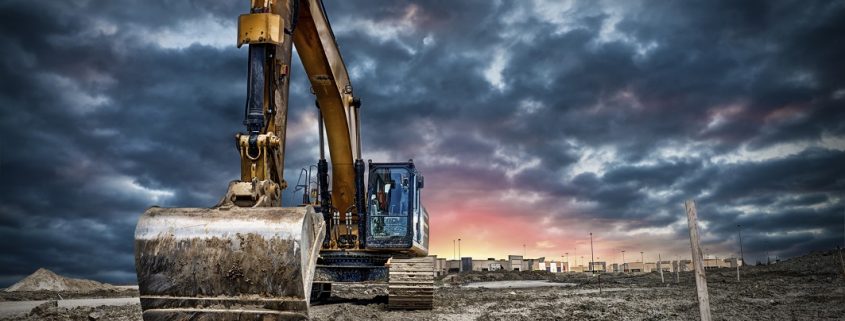
Water Management
Mining and gold recovery processes require considerable water to function.
In recognising that water is a vital resource for sustaining ecosystems and people, it is a key priority for us to minimise our impact on the water environment.
Our water management standard is designed to ensure that our operations manage water resources efficiently and responsibly while being responsive to local and regional pressures on surface and ground water resources.
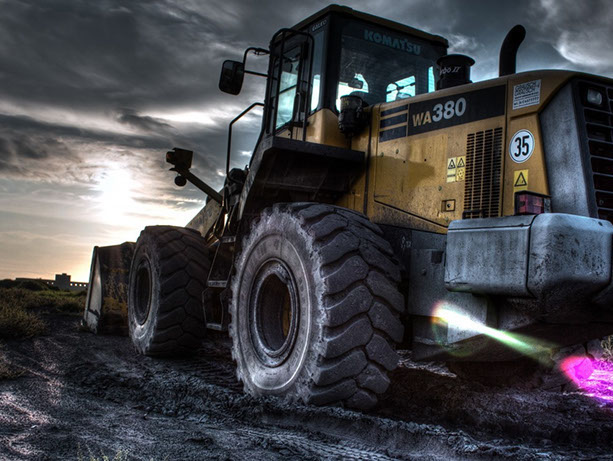
Air Quality Management
Mining, power generation, transportation and ore processing activities can result in air quality impacts in and around production facilities.
There is also a possibility these impacts could extend beyond the operation’s fence-line, affecting habitats and communities.
There are mainly two types of air quality impacts: airborne particulates or gases from point sources such as smelthouse and power generation stacks; or from dispersed fugitive sources such as unsealed access roads and tailings storage facilities.
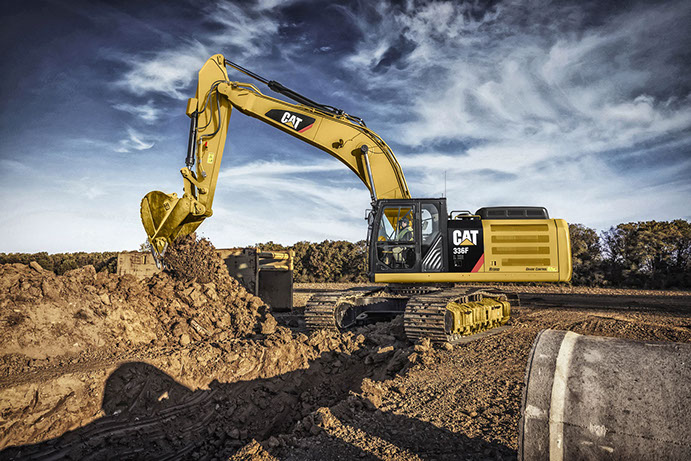
Land and Biodiversity
Biodiversity refers to the variability among living organisms including, terrestrial, marine and other aquatic ecosystems and the ecological complexes of which they are part.
Mining, when strategically planned and carefully implemented, need not have a negative impact on biodiversity.
Biodiversity management is a prominent part of our land management approach and we plan our site infrastructure development to minimise impacts.
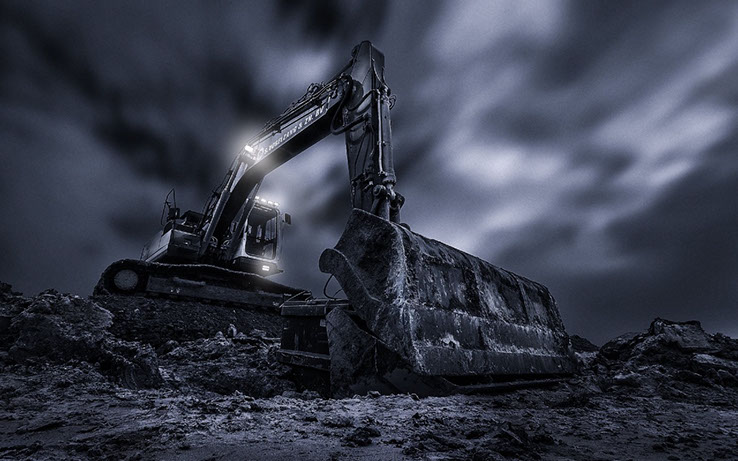
Waste Management
The main waste we generate is waste rock and tailings. During mining, waste rock is generated as the ore body is exposed.
Tailings are the fine process effluents that are deposited in the form of slurry in large storage facilities known as tailings storage facilities (TSFs) that have been specifically designed for this purpose.
Low-grade deposits are sometimes processed on heap leach pads. In this process, ore is crushed and heaped on an impervious or lined pad.
A low strength cyanide solution is then irrigated over the heaped pad and the solution now containing gold gradually leaches.
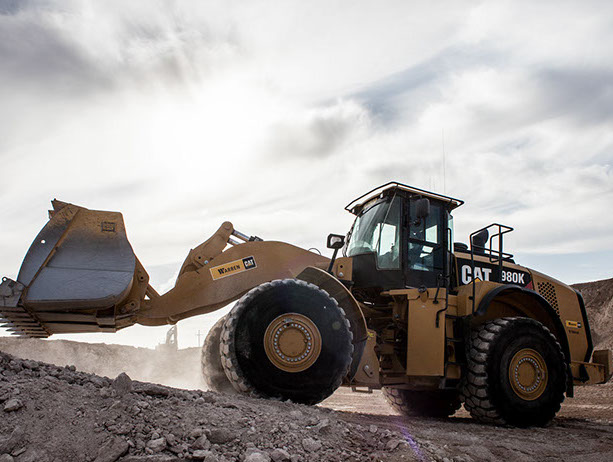
Energy Management
Mining is an energy-intensive sector.
We require a significant amount of energy for the transportation of
- employees,
- equipment,
- water,
- ore and
- waste;
ventilation and refrigeration for underground mines;
- power drilling;
- the running of plants;
- and for administrative and domestic use at our operations.
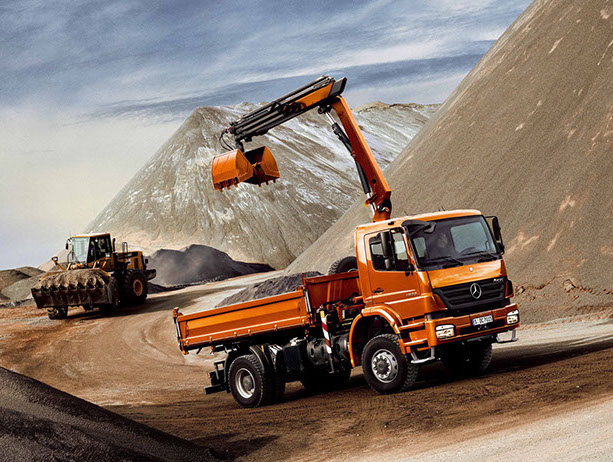
Climate Adaptation
Climate change increases the potential risks to our operations, including changes in rainfall patterns or reduced water availability, rising sea levels, higher temperatures and extreme weather events.
Events or conditions such as flooding or inadequate water supplies could disrupt mining, mineral processing, transport operations and rehabilitation efforts.
Climate risks also impact our employees and the communities in which we operate and potentially affect issues such as food security, water scarcity and prevalence of disease.
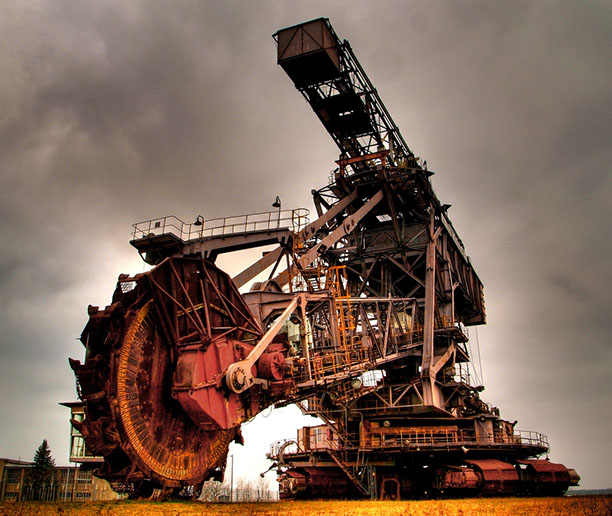
Integrated Closure Planning
All mines are based on the extraction of a non-renewable resource and will eventually close.
Mine closure may also occur for other reasons, such as changes in economic or physical conditions where the operation cannot fulfil commitments to shareholders and other stakeholders relating to safe, reliable or profitable operations.
We operate in accordance with our Closure Planning Standard.
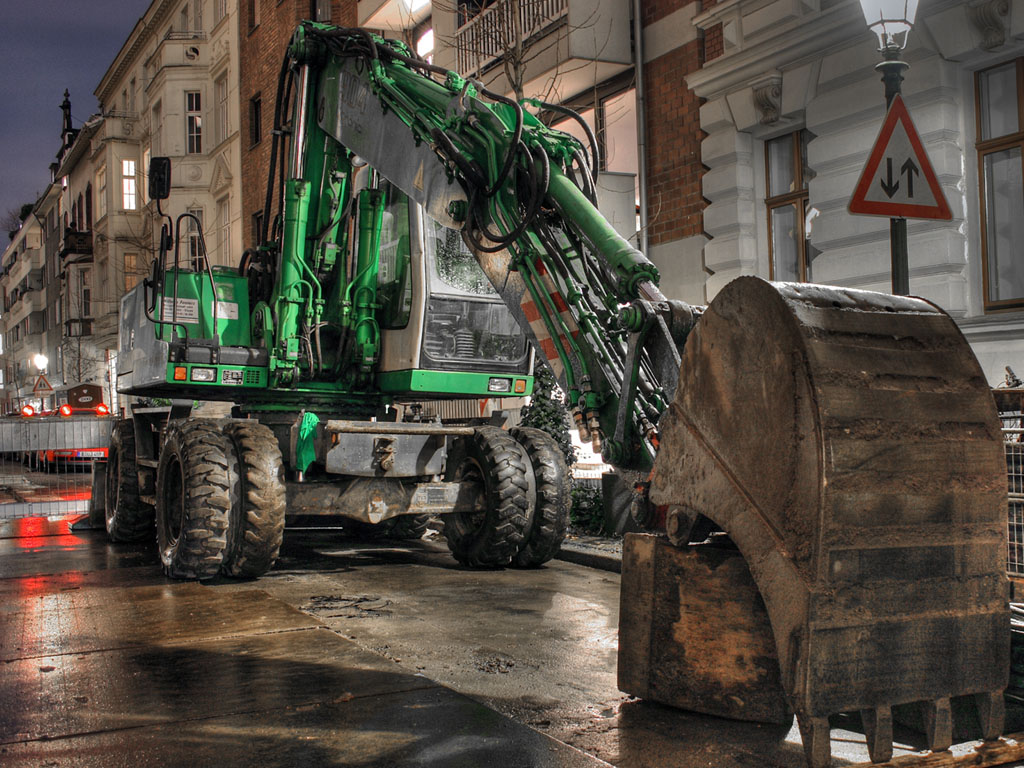
Mineral policy & promotion
Directorate: Beneficiation Economics
The Mineral Policy and Promotion Branch was created in April 2005, resulting from the split of the Mineral Development Branch.
The following functions also fall under this branch:
• Mineral economics;
• Small-scale mining;
• Beneficiation economics;
• Mineral policy development;
• Environmental policy;
• Mine environment policy research and development.
Mineral promotion and international coordination
Chief Directorate: Mineral Promotion
This chief directorate is responsible for the provision, through research, of relevant information that will enhance global competitiveness and attract new investment into the South African mineral industry.
This directorate, through the Statistics sub-directorate, collects and collates all mineral and mining-related statistics. The statistics are then supplied to Statistics South Africa as well as the commodity-specific sub-directorates who are responsible for compiling promotional publications, taking part in exhibitions and undertaking particular international obligations.
Directorate: Small-Scale Mining
This directorate actively contributes towards sustainable development through enterprise development mainly focusing on the second economy. It also promotes the development of small-scale and medium-scale enterprises.
This directorate aims to develop strategies for the development of downstream beneficiation and investigate alternative use of minerals.
Directorate: International Coordination
MINERAL POLICY
Chief Directorate: Mineral Policy
The Mineral Policy Chief Directorate is responsible for reviewing policies, amending legislation and conducting research on mine environmental policy to achieve transformation and to attract new investment to the South African mineral industry. This chief directorate consists of:
Directorate Mineral Policy Development
This directorate reviews current and pending laws. It is responsible for drafting regulations on various legislation, such as the Diamonds Amendment Bill and Precious Metals Bill in September 2005.
Environmental Policy
This directorate is responsible for researching, developing and promulgating environmental policy, legislation, norms, standards and strategies in terms of the Minerals and Petroleum Resources Development Act (MPRDA), 2002.
Environmental Research & Development
This directorate focuses on sustainable mine closures and the management of mine water.
Directorate: Mineral Economics
CHIEF DIRECTORATE: ECONOMIC ADVISORY SERVICES
The work of the Chief Economist entails regular assessment of the performance of the economy with specific reference to mining and its contribution to overall economic growth.
Reports have been produced analysing the underlying performance of mining relative to other sectors of the economy.
This helps in understanding the likely stance the mining sectors is likely to take given the state of the economy.
This analysis also encapsulates other variables such as interest rates; exchange rates; current account of the balance of payments and monetary policy stance of the South African Reserve Bank.
Areas of focus for the Chief Economist include:
• Analysis of BEE shareholder structures and financing;
• Macroeconomic policy impact analysis;
• Employment and investments trends in the mining sector;
• Publishing of articles;
• Mineral policy development;
• Assessment of national and international trends;
• Business development for BEE in oil and gas
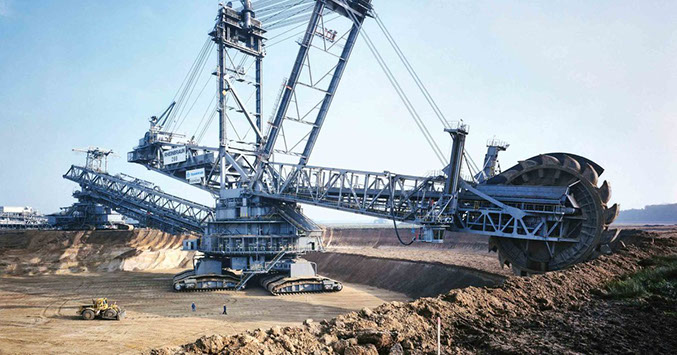
To join our mailing list, and get the latest information about everything construction sign up below.
Designed By Colour Flutter
